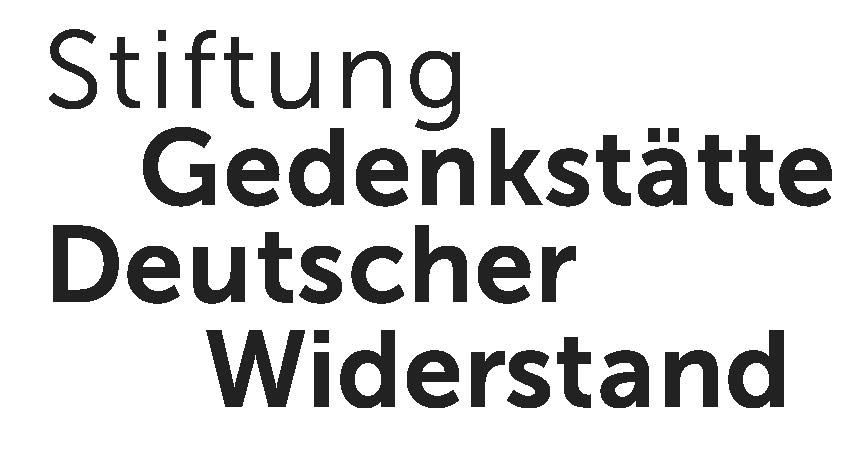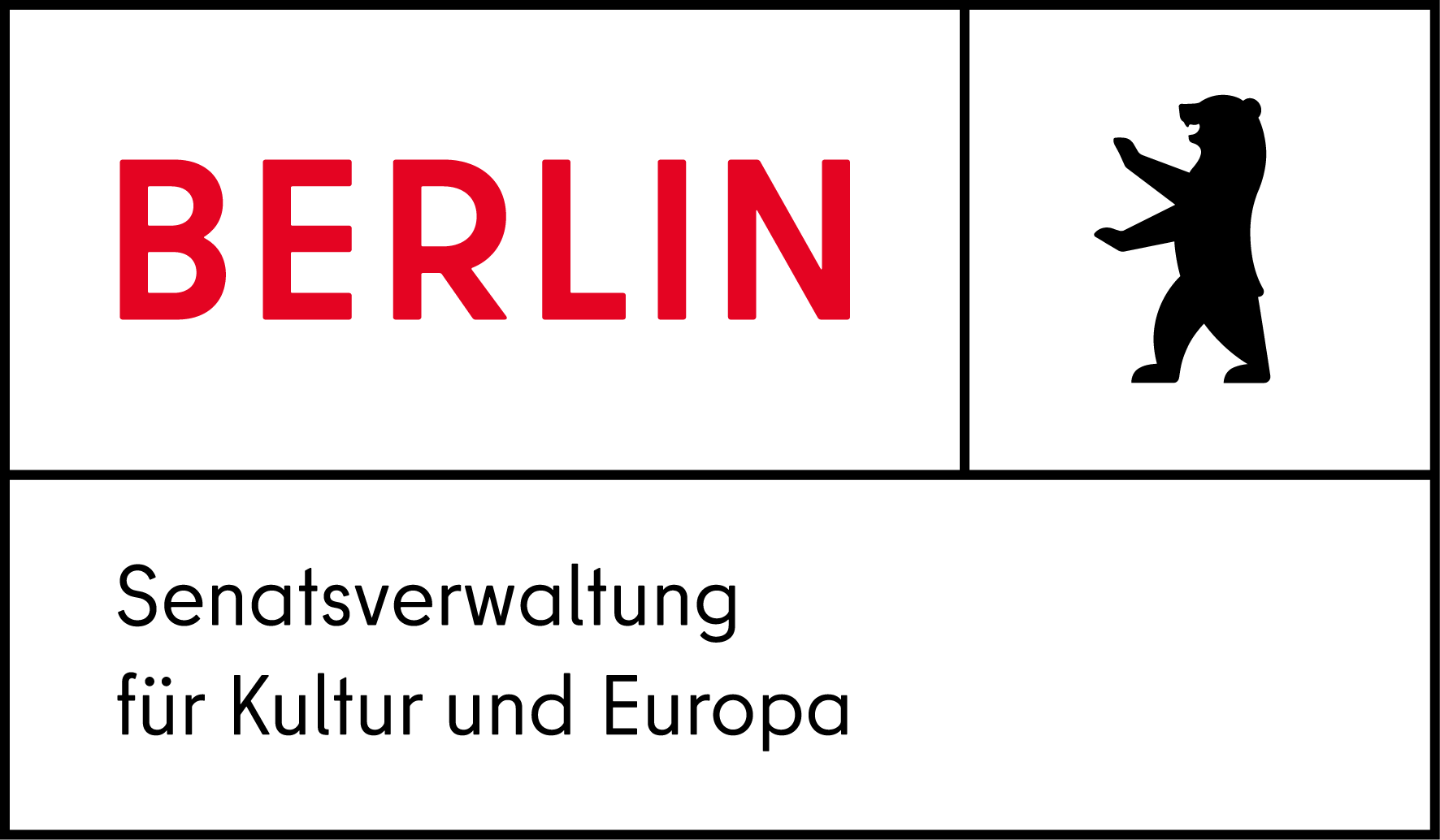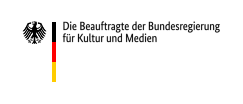|
Machine generated contents note: Introduction: why comparative government?; Part I. The State: Origins and Development: 1. The development of the modern state; 2. States and democracy; 3. Democratic change and persistence; Part II. The Polity: Structures and Institutions: 4. Constitutions; 5. Presidential and parliamentary government; 6. Multi-level government: international, national and sub-national; 7. Policy making and legislating: executives and legislatures; 8. Implementation: the public bureaucracy; Part III. Citizens, Elites and Interest Mediation: 9. Political attitudes and behaviour; 10. Pressure groups and social movements; 11. The mass media; 12. Voters and elections; 13. Party government; Part IV. Policies and Performance: 14. Political ideologies: conservatism, liberalism, Christian democracy and socialism; 15. Decision making; 16. Defence and security; 17. Welfare; 18. The future of the democratic state; Postscript: how and what to compare. |


